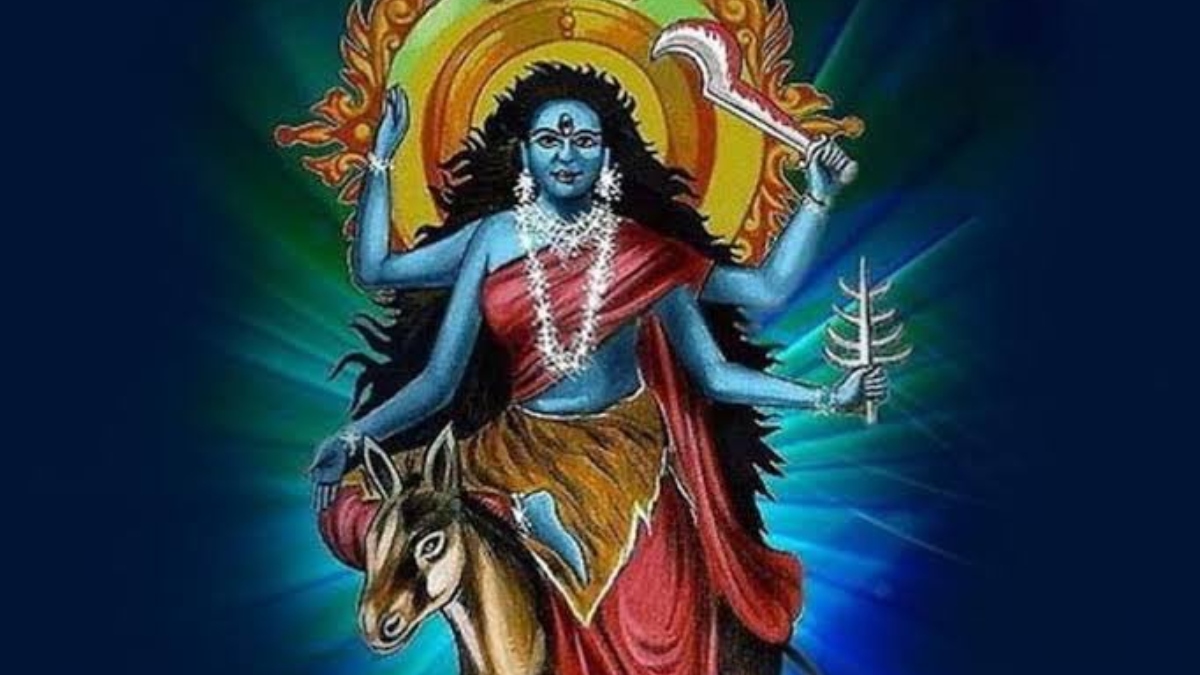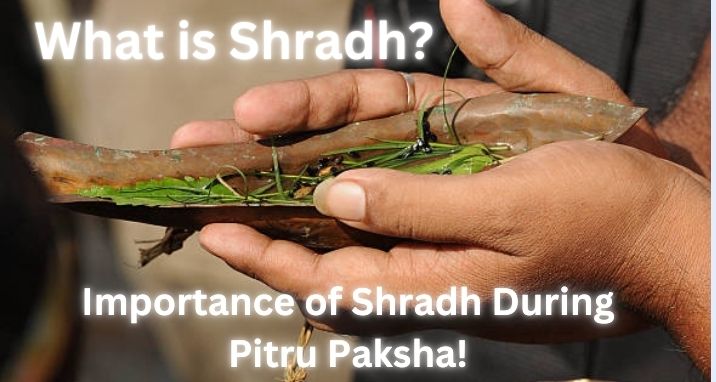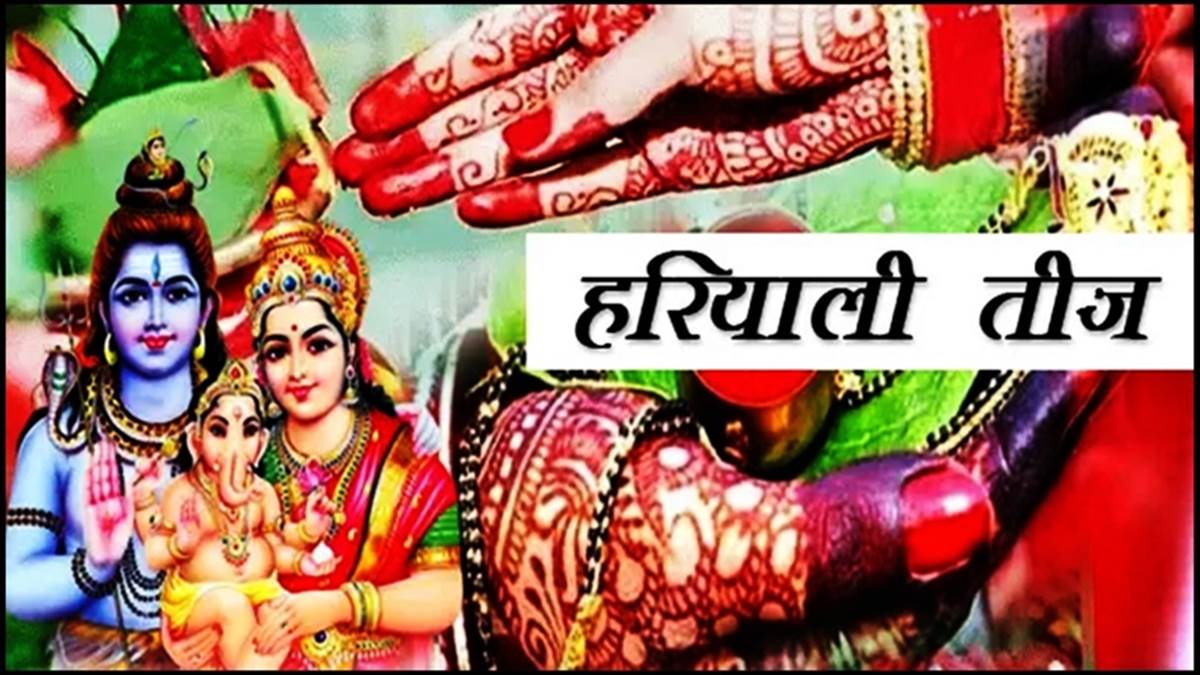Maa Kalaratri: Navratri Seventh Day Goddess

On the seventh day of Navratri, Devi Kalaratri is worshipped. Kalaratri means “the Death of Kaal”. Goddess Kalaratri is the most fearsome and intense manifestation of Goddess Parvati. She revealed this form when she shed her outer golden skin to defeat the demons Shumbha and Nishumbha. She has a dark black complexion and rides on a donkey. She has four hands, with her right hand making Abhaya and Varada Mudra (protective and granting gestures), while her left hand holds a sword and a lethal iron hook. She is also known as Shubhankari Devi.
Kalaratri Maa Navratri Puja Tithi 2023: Shardiya Navratri, 21 October, 2023, Saturday
NOTE: The exact time for Puja may vary from location to location. Consult a professional Pandit for more accurate Puja timing in your country/city/town/village.
Beej Mantra – || ॐ ऐं ह्रीं श्रीं कालरात्रियै नमः ||
Story Behind Kalaratri Devi
When demons Shumbha and Nishumbha threatened the gods, the gods prayed to Maa Parvati. She transformed into Chandi to defeat the demons’ generals, Chanda and Munda. They were sent by Shumbha and Nishumba to disturb the gods again. She created a dark goddess, Kali, to kill Chanda and Munda.
After their demise, the demon Raktabeej, who could multiply from a drop of his blood, posed a challenge. Kali drank his blood to stop him from regenerating. Shumbha and Nishumbha then engaged Chamunda in battle. Kali soon raged and went berserk, killing whoever came in her way. Both the commanders were killed. Sacred to death, the gods prayed to Shiva to calm her down. Soon, Shiva appeared. He laid down beneath Kali to calm her, and she bit her tongue, stopping her rampage. She stopped and fell to the feet of Shiva.
Maa Kalaratri Poojan Vidhi
On the seventh night of Navratri, devotees begin the worship of Kaalratri using sacred puja items.
The ritual involves using a shallow clay pan as the base. Grains, such as Sapta Dhanya or Navadhanya, are poured in three layers into the pan, followed by a sprinkle of water to moisten the seeds.
A Kalasha, filled with Ganga jal, Supari, a few coins, Akshat (raw rice mixed with turmeric powder), and Durva grass, is placed in the base. Around the neck of the Kalasha, five mango tree leaves are positioned, and the arrangement is covered by a coconut. The day is filled with chanting Maa Kalaratri’s mantras, reciting Durga Saptasati, and performing Aarti.
Bhog for Maa Kalratri
On the seventh day of the Navratra Puja, devotees offer gud (jaggery) bhog and chikoo fruits to Maa Kalratri, as these are her favourites.
For a detailed explanation related to Puja Vidhi, you can speak to our expert pundits and astrologers at NamoAstro any time.
Mantra
ॐ देवी कालरात्यै नमः॥
Stuti
या देवी सर्वभूतेषु माँ कालरात्रि रूपेण संस्थिता। नमस्तस्यै नमस्तस्यै नमस्तस्ये नमो नमः॥
Significance of Worshipping Maa Kalaratri
- The planet of justice, or nyaya Shani is governed by Maa Kalaratri. Worshipping her can get you blessings from Shani as well.
- Offering milk and molasses to Goddess Kalaratri on the seventh day of Navratri can bring great joy and remove sins, obstacles, and suffering from the lives of her devotees.
Frequently Asked Questions
Q: What are the benefits of observing Kalratri Puja?
A: Observing Kalratri Puja is believed to bring protection, fearlessness, and the removal of obstacles from one’s life. It is also considered a way to attain inner strength and determination.









